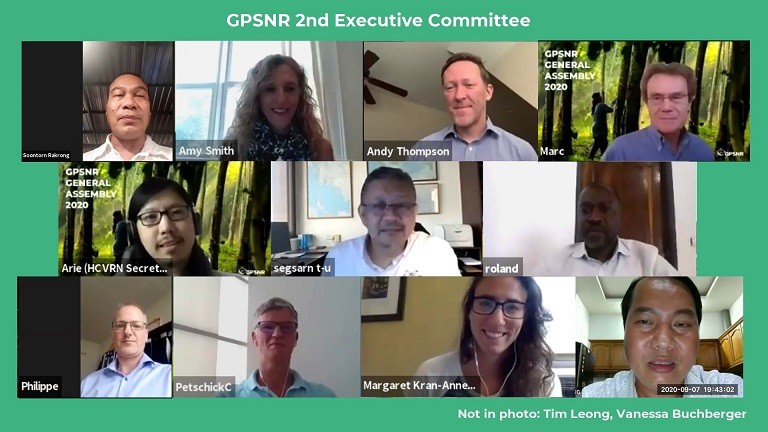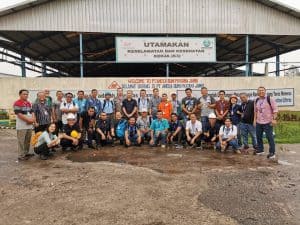GPSNR’s Executive Committee comprises Ordinary Member representatives of each membership category, according to the newly approved allocation proposed in the resolution for a standalone category for natural rubber smallholder producers. Each membership category is allocated a total of three seats in the Executive Committee, with representatives chosen by elections within the category.
The Executive Committee serves as a center for overarching ideas of the Platform, and Executive Committee members bear the responsibility of raising awareness of emerging issues to their respective categories, initiating consultation sessions, and encouraging active participation in GPSNR’s Working Groups and activities.
The members of the second GPSNR Executive Committee, according to category, are as follows:
Producers, Processors & Traders
SIPH – represented by Marc Genot (Managing Director, Societe Africaine des Plantations d’Heveas SA)
Socfin – represented by Philippe De Groote (Head of Agronomy – Rubber)
Southland Global – represented by Tim Leong (Associate Director)
Tire Makers and Other Natural Rubber Product Makers
Bridgestone Corporation – represented by Andy Thompson (Global Director, Sustainability Strategy, Policy & Integration)
Continental AG – represented by Claus Petschick (Head of Sustainability)
Michelin – represented by Segsarn Trai-Ukos (Managing Director, Société des Matières Premières Tropicales Pte Ltd)
Car Makers, Other Downstream Users, and Financial Institutions
BMW Group – represented by Vanessa Buchberger (Purchasing and Supplier Network, Sustainability, Innovation Management, Cooperations)
Civil Society
HCV Resource Network – represented by Arie Soetjiadi (SEA Representative)
Mighty Earth – represented by Margaret Kran-Annexstein (Campaign Director)
WWF – represented by Amy Smith (Deputy Director, Forest Sector Transformation)
Smallholder Producers
Baroan Roland – Côte d’Ivoire
Dang Quoc Thong – Vietnam
Soontorn Rakrong – Thailand
The Executive Committee holds a monthly conference call to discuss proposals put forth by the Working Groups, and other issues pertinent to the Platform.






